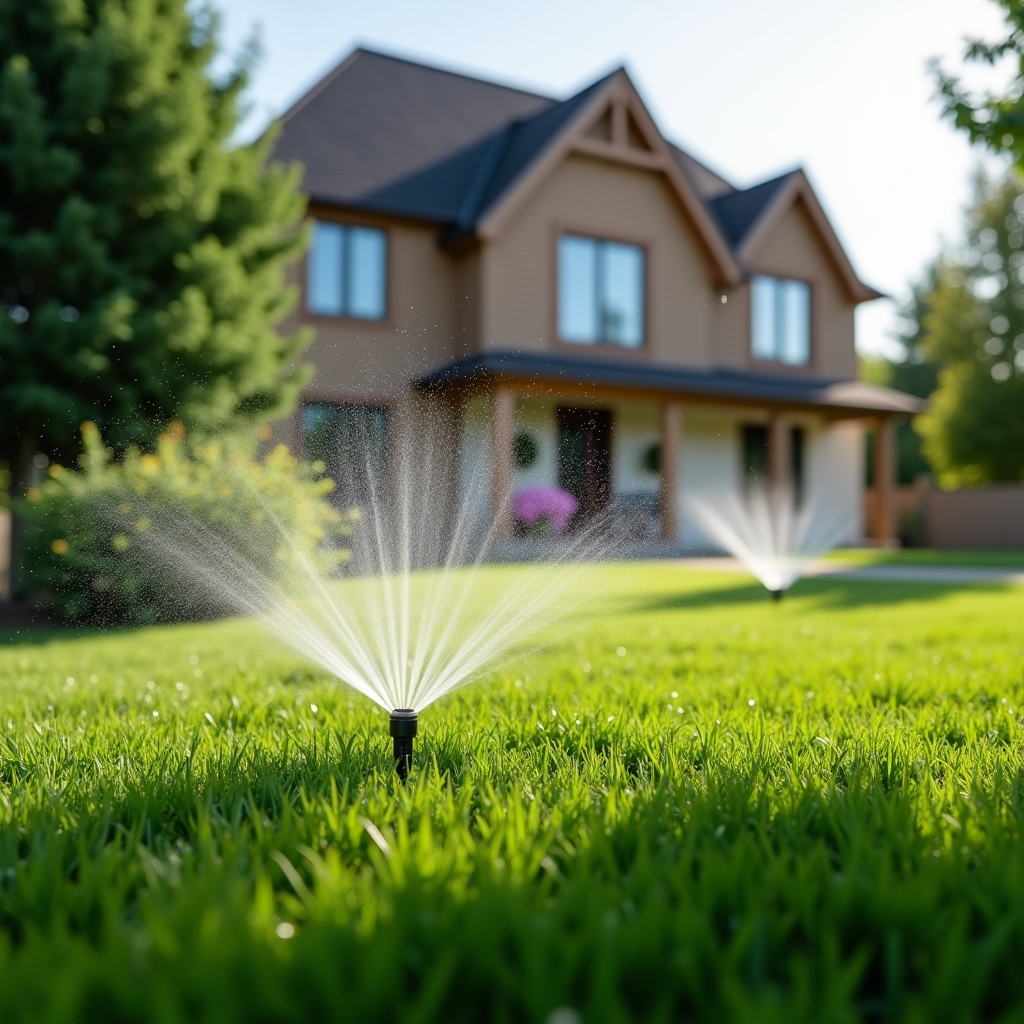Introduction
When it comes to enhancing the beauty of your landscape, few elements are as impactful as trees. Not only do they provide shade, but they also add character, texture, and vibrant colors to any outdoor setting. But how do you choose the right trees for shade and beauty? In this comprehensive guide, we’ll explore various factors to consider when selecting trees for your landscape design. From climate suitability to aesthetic appeal, we’ll cover everything you need to know.
Choosing the Right Trees for Shade and Beauty
Selecting the perfect trees involves understanding their characteristics, growth patterns, and how they fit into your overall landscape design. Whether you're in a warm climate or experiencing colder temperatures in North Carolina, certain trees thrive better than others. So let's dive into the essential aspects of tree selection.
Factors to Consider When Selecting Trees
1. Climate Suitability
Before choosing a tree species, understanding your local climate is crucial. Different trees have varying tolerances for heat, cold, humidity, and drought.
- Warm Climates: Look for species like live oaks or southern magnolias. Cold Climates: Consider sugar maples or white pines.
Tip: Research the USDA Plant Hardiness Zone Map to find out which trees will flourish https://www.ramirezlandl.com/about in your area.
2. Soil Type
The type of soil in your yard plays a significant role in tree selection.
- Sandy Soil: Species like pines or junipers may thrive here. Clay Soil: Look for oak or black gum trees that can tolerate denser soil conditions.
3. Space Availability
How much space do you have? Large trees require ample room both above and below ground.
- Small Yards: Consider dwarf varieties or smaller species like dogwoods. Expansive Landscapes: You might opt for larger specimens such as red oaks or sycamores.
Understanding Tree Growth Patterns
4. Growth Rate
Some trees grow rapidly while others take their time.
- Fast-Growing Trees: Willows and poplars can provide quick shade but may have weak wood. Slow-Growing Trees: Oaks and cherry blossoms take longer but often yield more durable wood.
5. Canopy Shape
The shape of a tree's canopy will affect how it fits into your landscape design.
- Round Canopies: Create uniformity; think of maple or sweetgum. Pyramidal Canopies: Offer height; consider evergreens like pines.
Aesthetic Appeal: The Visual Impact of Trees
6. Foliage Color
Tree leaves come in diverse colors that can brighten up your landscape year-round.
- Green Leaves: The classic choice; look at birches or elms. Colorful Foliage: Red maples offer stunning fall colors while serviceberries bloom beautifully in spring.
Integrating Trees into Landscape Design
7. Creating Layers with Trees
Layering involves using trees at different heights to create visual interest:
Tall Canopy Trees Mid-Level Shrubs Ground Cover PlantsTip: This approach not only looks appealing but also enhances biodiversity by attracting various wildlife.
Tree Placement: Where Should You Plant?
8. Proximity to Structures
Consider how close you want your trees to be from your home or other structures:
- Avoid Placing Too Close: Roots can damage foundations; branches may pose risks.
Maintenance Needs: What’s Your Commitment Level?
9. Pruning Requirements
Some trees require frequent pruning while others are low-maintenance:
- High Maintenance: Cherry blossoms need regular care. Low Maintenance: Oaks often require less attention once established.
Environmental Benefits of Trees
10. Air Quality Improvement
Trees play an essential role in filtering pollutants from the air while producing oxygen—an invaluable contribution to our environment!

Attracting Wildlife with Trees
11. Habitat Creation
Certain tree species attract birds, butterflies, and beneficial insects:
- Fruit-Bearing Trees: Apple or crabapple attract birds.
FAQ Section
Q1: How do I determine which tree is best for my yard?
A1: Assess your local climate, soil type, space availability, and maintenance preferences before making a selection.
Q2: Are there specific trees recommended for landscape design in North Carolina?
A2: Yes! Some popular choices include Eastern Red Cedar and Loblolly Pine due to their adaptability to the region's climate.
Q3: What are some fast-growing shade trees I can plant?
A3: Willows and silver maples are great options if you're looking for quick shade!

Q4: How important is tree placement relative to my home?
A4: Very important! Make sure there's enough distance between large trees and structures to avoid damage from roots or falling branches.
Q5: Do fruit-bearing trees require more maintenance than regular shade trees?
A5: Yes! Fruit-bearing varieties often need regular pruning and care compared to many ornamental shade trees.
Q6: Can I plant multiple types of trees together?
A6: Absolutely! Mixing various species can create a dynamic landscape while supporting local wildlife habitats.
Conclusion
Choosing the right trees for shade and beauty incorporates numerous factors—from climate considerations to aesthetic appeal—all tailored toward enhancing your unique landscape design experience in North Carolina or beyond. With careful planning and thoughtful selection based on personal needs and environmental factors alike, you'll create an enduring legacy of beauty that stands the test of time! Remember that integrating these natural wonders into your outdoor spaces not only beautifies but also contributes significantly towards ecological balance—so plant wisely!
This article serves as an authoritative guide on "Choosing the Right Trees for Shade and Beauty." By understanding various considerations—ranging from soil types all through maintenance requirements—you can make informed decisions that elevate not just aesthetics but environmental integrity too!